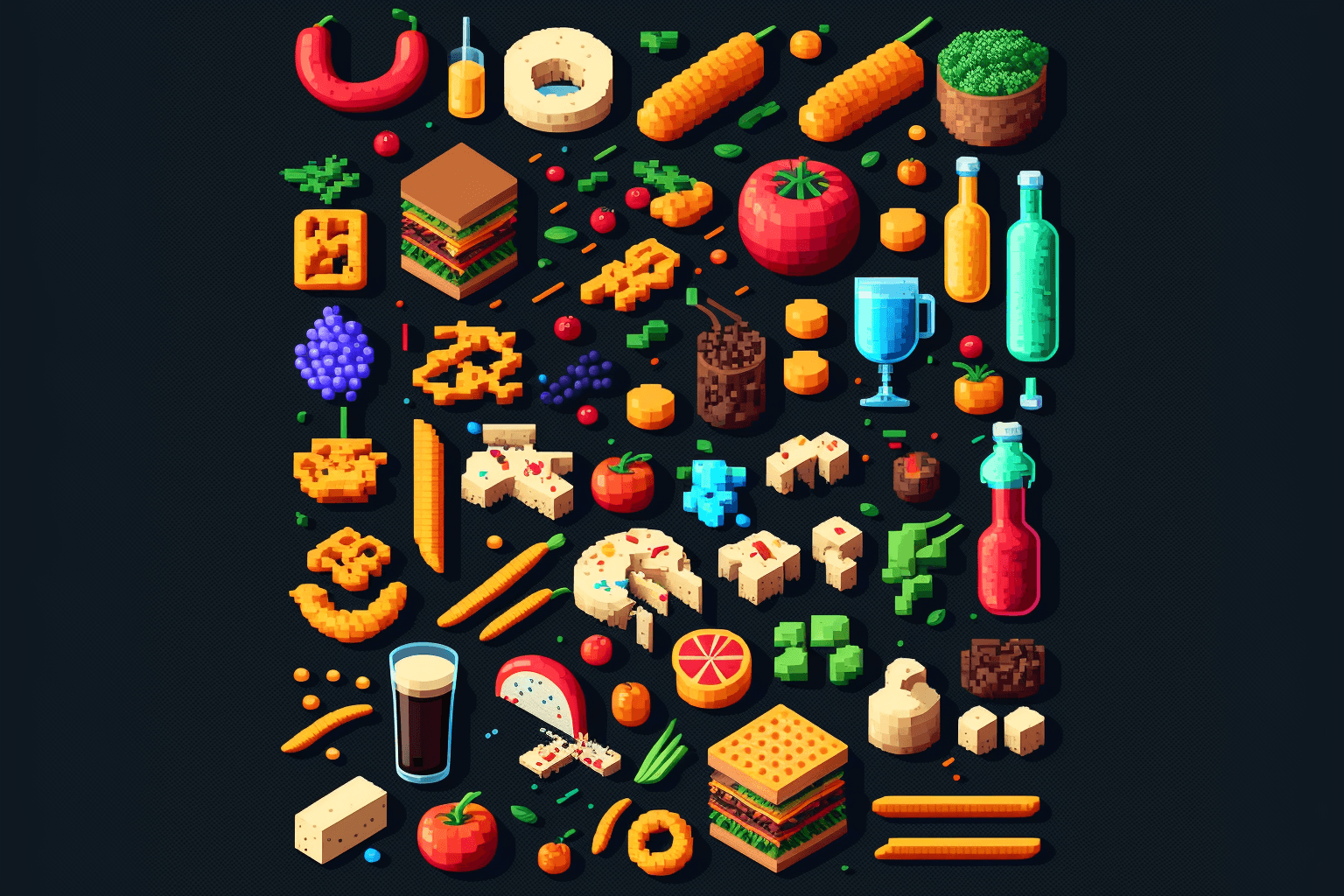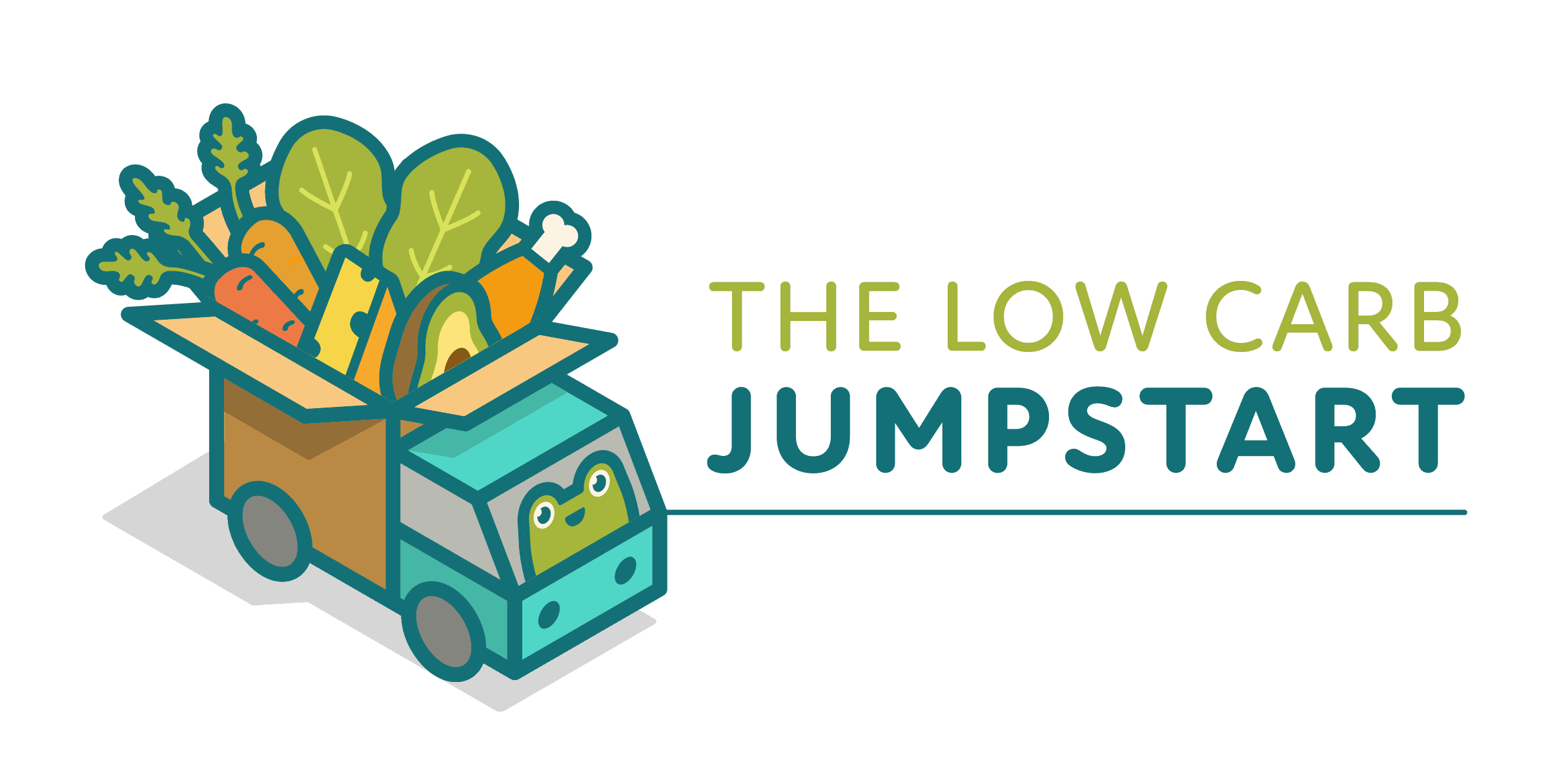JUMPSTART BLOG
Macronutrients explained

With the endless flood of information in the media about foods you should or shouldn’t eat, it can be difficult to figure out what’s right for you. Foods contain a variety of macronutrients and micronutrients. Micronutrients are vitamins and minerals required in trace amounts like vitamins A, B, C, iron, calcium, folate, and many more.
On the other hand, there are just 3 macronutrients: carbohydrates, proteins, and fats. It can be helpful to understand what foods contain these nutrients and how our bodies use them. Let’s dive deeper into these macronutrients to better understand what they do and where they are found.
Carbohydrates
Carbohydrates (also called carbs) are used for energy by the body. Carbohydrates are broken down into sugar (glucose) in the digestive tract, then absorbed into the bloodstream, and used as fuel for the body. Carbohydrates are found in many types of food, including bread, rice, potatoes, corn, fruits, grains, beans and lentils, milk, sugar-sweetened beverages, baked goods, desserts, and sweets.
The chart below shows a variety of foods and the number of grams (g) of carbs they contain. Do the amount of carbs in any of these foods surprise you?

Following a low carbohydrate meal plan means not only reducing the total amount of carbs you eat in a day, but also making healthy choices when deciding what carbs to eat. A good rule of thumb is to replace food items like white bread, soda, and sweets that contain simple carbohydrates with foods containing complex carbohydrates. Examples of complex carbohydrates include whole grains (like quinoa, barley, oats, farro), beans and lentils, fruits, and starchy vegetables (like sweet potatoes, winter squash, beets, etc.). As the name might suggest, complex carbohydrates digest more slowly, which is helpful in preventing large spikes in your blood sugar.
Fiber is a type of carbohydrate that passes through your digestive system without being absorbed. Think of fiber as a household sweeper, helping to clean your digestive tract. It helps to keep your gut healthy, adds bulk to your meals, supports stable blood sugar, and aids in healthy bowel movements. Fiber is found in many plant foods, including non-starchy vegetables (like leafy greens, broccoli, cauliflower, bell peppers, zucchini), nuts, seeds, and complex carbohydrates as mentioned above.
Protein
Protein plays an important role in keeping your body functioning. Think of it as the building blocks for the body. Protein makes up different types of tissues such as muscle. It is involved in strengthening your immune system to fight against disease, and helps to send messages throughout the body. Adding enough protein to your meal is key to helping you feel satisfied.
Protein is found in a large variety of animal and plant-based foods such as chicken, turkey, fish and seafood, meat, eggs, dairy, nuts and seeds, tofu, tempeh, lentils and beans.
See below for examples of protein sources and the amount of protein they contain.
| 100 grams (3.5oz) of this protein | Provides this much protein in grams (g) |
|---|---|
| Chicken breast | 28 |
| Lean steak | 26 |
| Lean pork (tenderloin) | 26 |
| Lean fish (non-oily) | 22-26 |
| Lamb chops | 22 |
| Chicken thigh, medium | 22 |
| Shellfish (shrimp, crab, lobster) | 20-26 |
| Fatty fish (salmon, herring, mackerel, sardine) | 20-25 |
| Fatty steak/pork (ribeye) | 19-20 |
| Bacon (5 slices) | 20 |
| Chicken drumstick | 20 |
| Sausage | 16-20 |
| This protein source and amount | Provides this much protein in grams (g) |
|---|---|
| Soft cheese, ricotta and cottage cheese (1 cup) | 23-28 |
| Greek yogurt, plain | 20-25 |
| Protein powder (1oz) | 20-25 |
| Large eggs (3 whole) | 20 |
| Canned black soybean (1 cup) | 20 |
| Hard cheese (3oz) | 18-21 |
| Tempeh (2/3 cup) | 18-20 |
| Natto (fermented soy) (2/3 cup) | 18-20 |
| Edamame, boiled or steamed green soybeans (1 cup) | 17g |
| Tofu, extra firm (1/2 cup) | 15 |
Fats
Fats are essential for life. Though they often get a bad reputation, fats are an important macronutrient and help keep your body healthy. Fats help to maintain your body temperature, make important signaling molecules, cushion and protect your organs, help with vitamin absorption, and more.
Fats are also used to store energy in the body, and can be broken down for use when carbohydrates (sugar) are low. For example, on a low carbohydrate meal plan, your body can use fats as an alternative energy source. There are two main groups of fats: saturated and unsaturated. Generally, saturated fats are found in animal products such as beef, pork, lamb, poultry, eggs and dairy. Unsaturated fats are abundant in plant sources such as olives/olive oil, avocados, nuts and seeds, as well as oily fish. One type of unsaturated fats called omega-3 fatty acids have been shown to be beneficial for overall health and protective against heart disease. Omega-3 fatty acid-containing foods include oily fish (salmon, trout, sardines, mackerel), nuts (walnuts), and seeds (chia seeds, flax seeds, hemp seeds).
Reference:
Ross, A. C., Caballero, B. H., Cousins, R. J., Tucker, K. L., & Ziegler, T. R. (2012). Modern nutrition in health and disease: Eleventh edition. Wolters Kluwer Health Adis (ESP).


